ISO 45001 Certification in Johannesburg
Get Free Consultation
PopularCert is a trusted provider of ISO 45001 certifications, offering expert guidance and tailored solutions to help businesses achieve and maintain compliance with international standards. ISO 45001 certification in Johannesburg helps organizations establish a robust Occupational Health and Safety Management System (OHSMS). It ensures a safe and healthy working environment for employees by identifying and managing workplace risks. Achieving ISO 45001 demonstrates a commitment to employee wellbeing, legal compliance, and operational efficiency. The certification helps organizations reduce workplace accidents, absenteeism, and insurance costs. It also enhances the company’s reputation, attracting customers and partners who prioritize safety and sustainability. ISO 45001 certification provides a competitive advantage by ensuring continuous improvement in health and safety practices.
Why ISO 45001 Certification is Essential in Johannesburg
ISO 45001 certification is essential in Johannesburg as it helps organizations ensure a safe and healthy working environment by effectively managing occupational health and safety risks. It demonstrates compliance with local and international safety regulations, reducing workplace accidents and improving employee well-being. Achieving ISO 45001 enhances a company’s reputation, making it more attractive to clients and partners who prioritize safety. The certification also leads to reduced insurance costs, absenteeism, and legal liabilities. In a competitive market like Johannesburg, ISO 45001 provides a distinct advantage by fostering continuous improvement in safety practices and ensuring operational efficiency.
How to Get ISO 45001 Certification in Johannesburg ?
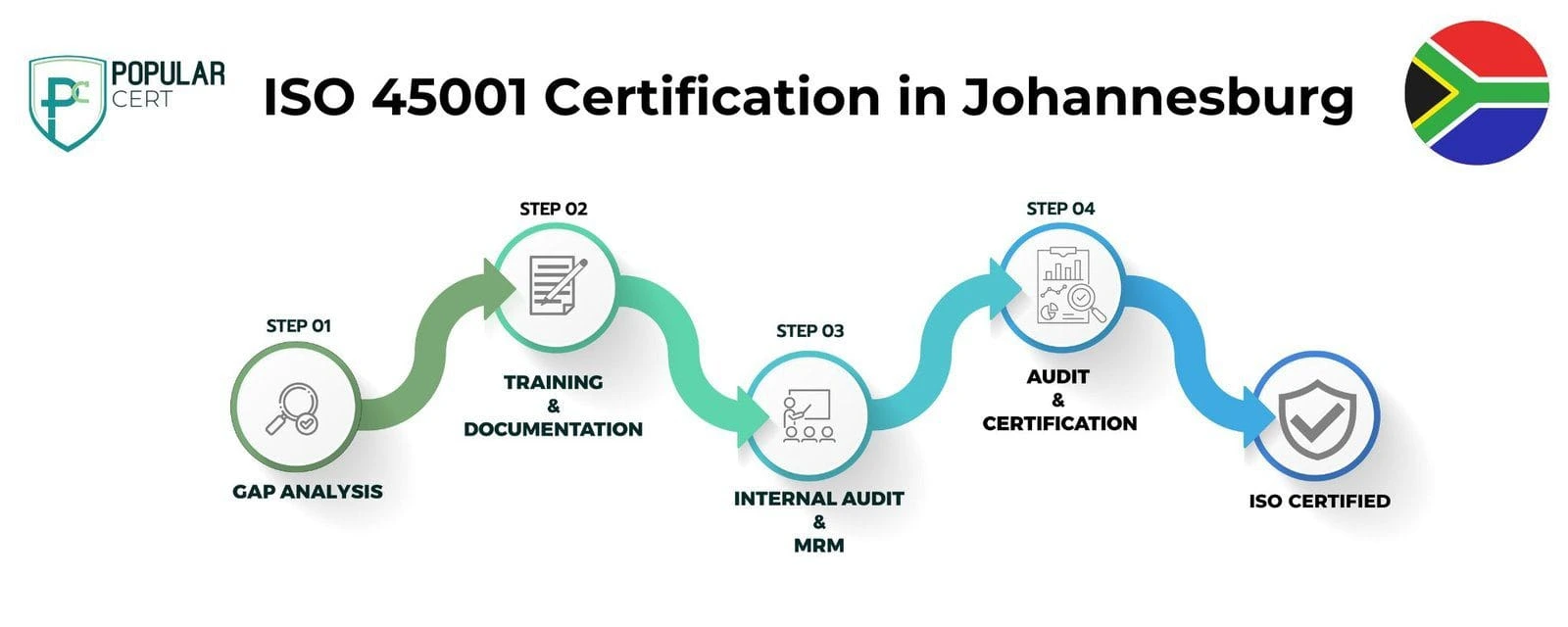
Process to Get ISO 45001 Certification in Johannesburg
Consultation and Gap Analysis
PopularCert’s experts evaluate your organization's unique requirements and existing systems. We conduct a detailed gap analysis to identify areas that need improvement to comply with ISO 45001 standards.
Planning, Documentation, and Policy Development
Based on the gap analysis, we develop a customized implementation plan, outline resource requirements, and assist in creating essential policies and documentation. These are seamlessly integrated into your existing management framework.
Training and Awareness
Our comprehensive training programs ensure your team understands ISO 45001 requirements and their roles in maintaining an effective Occupational Health and Safety Management System (OHSMS).
Internal Audit and Management Review
We conduct internal audits to assess the system's effectiveness and address any non-conformities. A management review ensures alignment between your OHSMS, organizational objectives, and ISO 45001 standards.
External Certification Audit and Certification
Once the external audit by the certification body is successfully completed, your organization will receive the ISO 45001 certification. This achievement underscores your commitment to workplace safety, continuous improvement, and compliance with international health and safety standards, enhancing your credibility and trust with stakeholders.
Benefits of ISO 45001 Certifications In Johannesburg
- A planned method to control work-related health and safety risks.
- Less accidents and harm at work.
- Solid proof of your dedication to keeping employees safe.
- Guaranteed you've met the rules for health and safety at work.
- The ability to bounce back better from challenging times.
- Steady progress in health and safety at work.
Types Of ISO Certification In Johannesburg
Get Free Consultation
Our Clients
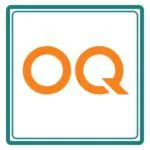

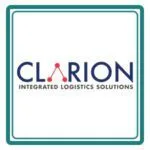



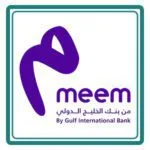




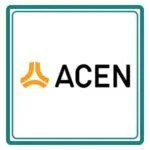
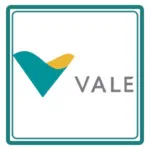





Cost of ISO 45001 Certification in Johannesburg
Managing occupational health and safety across several project sites presented ongoing challenges for a mid-sized construction and maintenance company with operations throughout Johannesburg. The business required a systematic approach to workplace safety because of high-risk work environments, frequent subcontractor engagement, and mounting pressure to adhere to local laws and client specifications.
Obstacles Encountered
- Increased incidents are a result of inconsistent safety procedures across job sites.
- absence of uniform protocols for reporting incidents, identifying hazards, and reducing risks.
- During audits and tenders, it can be challenging to adhere to South African labor laws and client safety regulations.
- Poor communication and unclear safety responsibilities lead to low employee engagement.
The Implementation Journey of ISO 45001
In order to overcome these obstacles, the business implemented ISO 45001 in collaboration with a certification consultant. The procedure comprised:
- carrying out a thorough risk analysis for every operation.
- creating an official OHSMS (Occupational Health and Safety Management System).
- educating employees and managers on emergency response, safety duties, and protocols.
- instituting frequent internal audits and a proactive safety reporting culture.
- ensuring that safety policies and documentation adhere to South African laws and ISO 45001 standards.
Outcomes Following Certification
- notable decrease in accidents and injuries at work during the first few months.
- reduced worries during Department of Employment and Labour inspections and better adherence to the law.
- greater success in both public and private tenders that required certified safety management.
- increased retention and employee morale as a result of a distinctly safer and better-organized workplace.
- improved client reputation, which opens up new project opportunities throughout Gauteng.
Cost of ISO 45001 Certification in Johannesburg
The cost of ISO 45001 certification in Johannesburg depends on factors such as company size, complexity, and the scope of implementation. Typically, the cost can range from a few thousand to tens of thousands of dollars, based on the specific needs and requirements of your business.
Enhance sustainability efforts with ISO 45001 Certification in Johannesburg. Expert consultants provide tailored guidance on how to get and apply, offering effective solutions at the best cost.
Why Choose PopularCert for ISO 45001 Certification in Johannesburg?
Choose PopularCert for ISO 45001 certification in Johannesburg and benefit from our expert guidance and tailored approach. We provide comprehensive support to help you understand and implement the ISO 45001 standards, ensuring your organization achieves and maintains certification. Our experienced consultants streamline the process to meet your specific needs, improving your occupational health and safety management system and enhancing your market reputation.
Interested in learning more or ready to begin your certification journey? Email us at [email protected].
GET A FREE CONSULTATION NOW
FAQ
What is ISO 45001?
ISO 45001 is the international standard for occupational health and safety management systems (OHSMS) that replaced OHSAS 18001. ISO 45001 provides a platform to systematically manage health and safety risks.
The goal of ISO 45001 is to help businesses protect workers and guests from work-related accidents and injuries. The standard provides guidance that the top-management can use to create a safe working environment, control factors that cause illness and injury, preserve workers’ physical and mental well-being and reduce business risk.
Why is ISO 45001 certification important in Johannesburg?
ISO 45001 certification is vital in Johannesburg for ensuring workplace safety, reducing risks, complying with regulations, and enhancing reputation and stakeholder trust.
What are the Benefits of ISO 45001 certification in Johannesburg?
ISO 45001 builds and expands on the foundation of OHSAS 18001 and is designed to integrate more easily with other revised ISO management standards such as ISO 14001 and ISO 9001. When effectively implemented, ISO 45001 will integrate with operations naturally. ISO 45001 is flexible and capable of meeting the needs of the business whilst protecting workers and delivering improvement.
In addition to improved worker safety and reduced risk, achieving ISO 45001 certification can benefit your business by:
- Improving relationship with employees, customers, suppliers and other stakeholders.
- Reduced downtime and lower operating costs.
- Improving your reputation and customer trust.
- Potential tax benefits.
Who Should Get ISO 45001 Certification in Johannesburg?
ISO 45001 certification can be beneficial for any business that needs to mitigate safety risks and demonstrate a verifiable dedication to preventing work-related illnesses, injuries and deaths. This includes both small and large businesses and businesses in a variety of industries. Some examples of industries that should consider ISO 45001 certification include automotive, construction and healthcare, etc.
